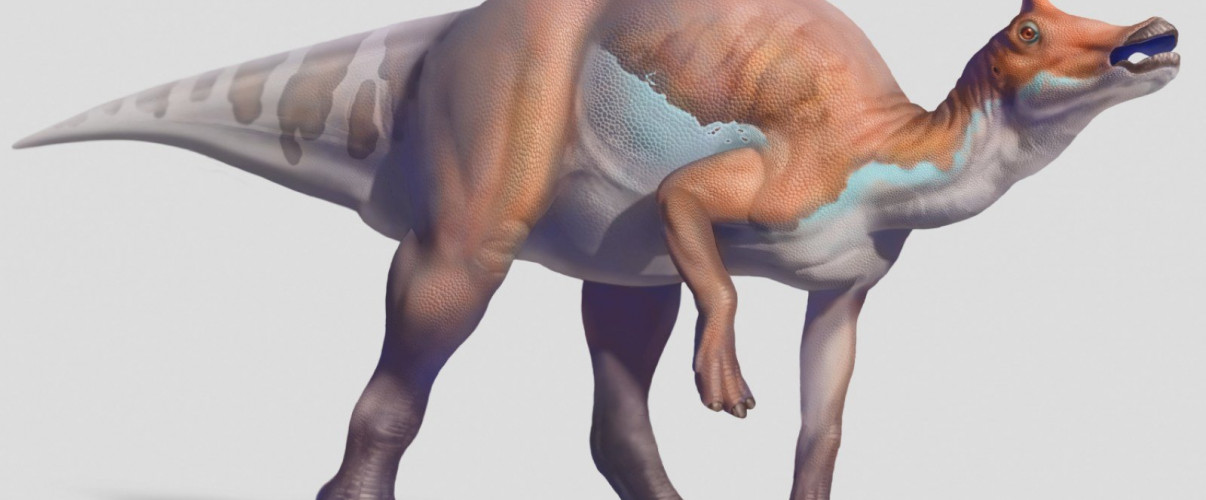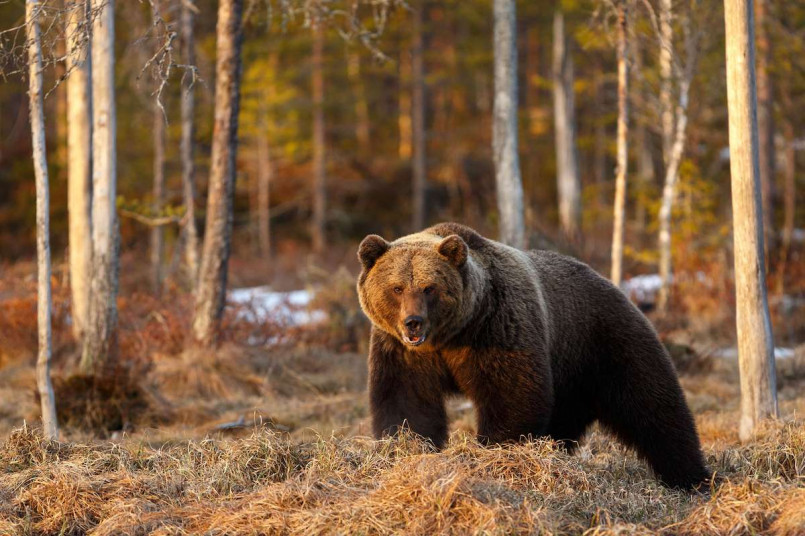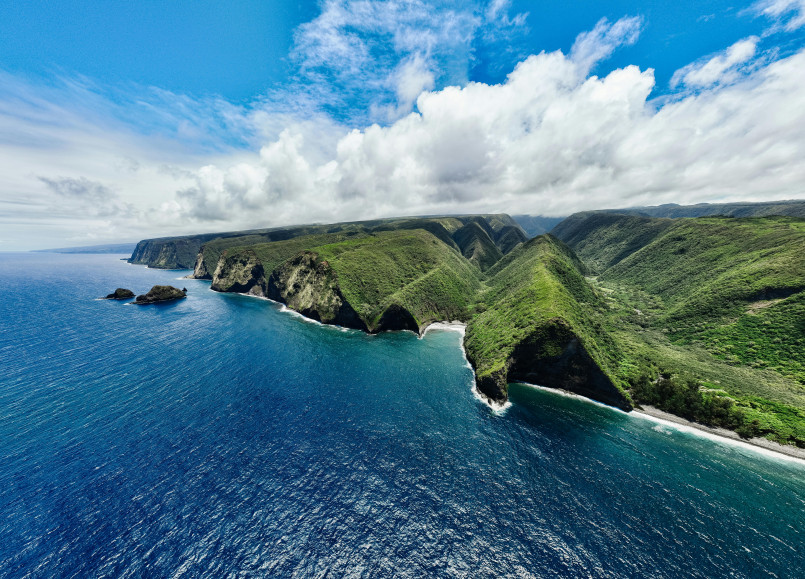In 2017, California joined a select group of states by officially adopting Augustynolophus morrisi as its state dinosaur. This duck-billed hadrosaur roamed California during the Late Cretaceous period and represents one of the most complete dinosaur specimens ever found in the state.
When you think of California state symbols, the grizzly bear, poppy flower, or even the California quail might come to mind. But in 2017, the Golden State added a prehistoric representative to its official emblem collection: Augustynolophus morrisi, a duck-billed dinosaur that roamed California approximately 66 million years ago during the Late Cretaceous period.
This designation made California the 10th state to adopt an official state dinosaur, joining the ranks of other states that have embraced their prehistoric heritage. But why did California choose this particular dinosaur, and what makes it special enough to represent the nation's most populous state?
Meet Augustynolophus morrisi
Augustynolophus morrisi (often called "Auggie" for short) was a herbivorous hadrosaur that stood about 26 feet tall and measured up to 30 feet long. As a member of the duck-billed dinosaur family, it had a distinctive flattened snout and hundreds of teeth perfect for grinding tough plant material.
What makes Augustynolophus truly special is its rarity and California connection. It's known only from fossils discovered in California, making it a true native species. Paleontologists believe these dinosaurs lived in what is now the Central Valley region, which was then a lush coastal environment very different from today's agricultural heartland.
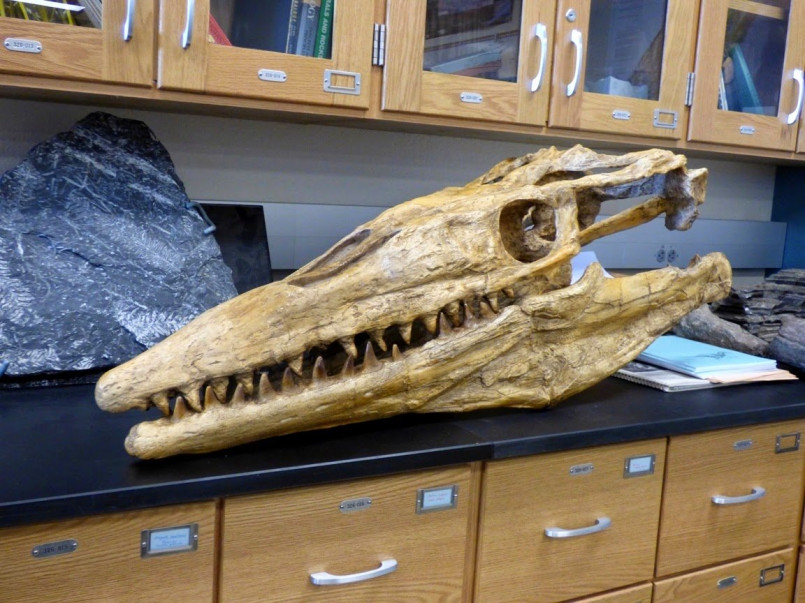
The Path to Official Recognition
The journey to make Augustynolophus California's state dinosaur began with Assembly Bill 1540, introduced by then-Assemblymember Richard Bloom in 2017. The bill argued that recognizing a state dinosaur would help promote awareness of California's paleontological history and inspire interest in science among young Californians.
The legislation noted that Augustynolophus was an appropriate choice because:
- It's the most complete dinosaur found in California to date
- It's known only from California fossils
- It lived during the Maastrichtian Age, at the very end of the dinosaur era
- It represents California's contribution to understanding dinosaur diversity
Governor Jerry Brown signed the bill into law on September 23, 2017, officially designating Augustynolophus morrisi as California's state dinosaur.
Scientific Significance
Beyond state pride, Augustynolophus holds genuine scientific importance. This dinosaur is represented by two specimens discovered in Fresno County, making it one of the most completely known dinosaurs from the west coast of North America.
As one of the last known species of dinosaur to exist before the Cretaceous-Paleogene extinction event (the asteroid impact that wiped out non-avian dinosaurs), Augustynolophus provides valuable insights into dinosaur evolution during this critical period.
Scientists have also noted several distinctive features of Augustynolophus, including unique crest structures on its skull that may have been used for visual display or species recognition. These adaptations tell us about how these animals lived and interacted with their environment.
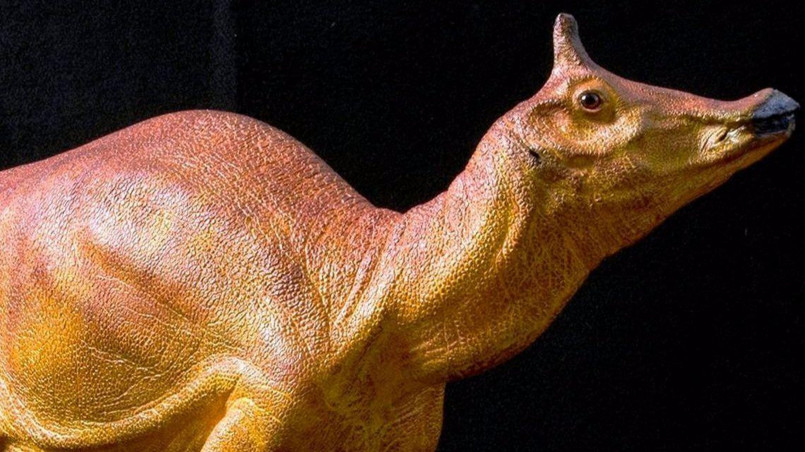
Discovery History
The story of Augustynolophus begins in 1939 when paleontologist William Matson discovered the first fossils in the Panoche Hills of Fresno County. A second specimen was found in the same region in 1950. These discoveries were part of field expeditions conducted by the Natural History Museum of Los Angeles County.
However, the dinosaur wasn't formally named until much later. In 2014, paleontologists Albert Prieto-Márquez and Jonathan Wagner published their scientific description, naming the dinosaur Augustynolophus morrisi. The genus name honors Gretchen Augustyn, a supporter of the Natural History Museum of Los Angeles County, and Dr. William J. Morris, who studied the fossils for many years.
Today, the original fossils are housed at the Natural History Museum of Los Angeles County, where visitors can view this important piece of California's prehistoric past.
Educational Impact
One of the primary reasons for designating an official state dinosaur was to promote science education. Since becoming California's state dinosaur, Augustynolophus has appeared in school curricula, museum exhibits, and educational programs throughout the state.
The dinosaur has become a gateway for teaching children about paleontology, geology, and California's prehistoric ecosystems. Many educators have found that state symbols like Augustynolophus help students connect with science in a more personal and engaging way.
The Natural History Museum of Los Angeles County has developed special programs featuring Augustynolophus, including interactive exhibits that allow visitors to understand how paleontologists study fossils and reconstruct ancient life.
Other State Dinosaurs in America
California isn't alone in celebrating its prehistoric past. Several other states have designated official state dinosaurs, each reflecting unique fossil discoveries within their borders:
- Colorado: Stegosaurus, known for its distinctive back plates
- New Jersey: Hadrosaurus foulkii, the first nearly complete dinosaur skeleton found in North America
- Wyoming: Triceratops, the famous three-horned dinosaur
- Maryland: Astrodon johnstoni, one of the earliest dinosaurs discovered in the United States
- Missouri: Hypsibema missouriense, a duck-billed dinosaur
- Texas: Paluxysaurus jonesi, a massive sauropod
These designations not only celebrate local paleontological heritage but also promote tourism to fossil sites and museums within each state. California's choice of Augustynolophus follows this tradition while highlighting the Golden State's unique contribution to dinosaur science.
Frequently Asked Questions About California's Official Dinosaur: The Fascinating Story Behind Augustynolophus morrisi
When did Augustynolophus become California's state dinosaur?
Augustynolophus morrisi was officially designated as California's state dinosaur on September 23, 2017, when Governor Jerry Brown signed Assembly Bill 1540 into law.
Why was Augustynolophus chosen as California's state dinosaur?
Augustynolophus was chosen because it's the most complete dinosaur found in California, is known only from California fossils, and represents California's unique contribution to dinosaur science. It's also one of the last dinosaurs to exist before the mass extinction event.
Where can I see Augustynolophus fossils?
The original Augustynolophus fossils are housed at the Natural History Museum of Los Angeles County, where visitors can view displays of this important California dinosaur.
What did Augustynolophus eat?
As a hadrosaur or duck-billed dinosaur, Augustynolophus was herbivorous. It had hundreds of teeth arranged in dental batteries perfect for grinding tough plant material that grew in the Late Cretaceous landscape of California.
How many Augustynolophus specimens have been found?
To date, only two specimens of Augustynolophus have been discovered, both from the Panoche Hills area of Fresno County, California. The first was found in 1939 and the second in 1950.
What other states have official state dinosaurs?
Several other states have official dinosaurs, including Colorado (Stegosaurus), Wyoming (Triceratops), New Jersey (Hadrosaurus), Maryland (Astrodon), Missouri (Hypsibema), and Texas (Paluxysaurus), among others.
